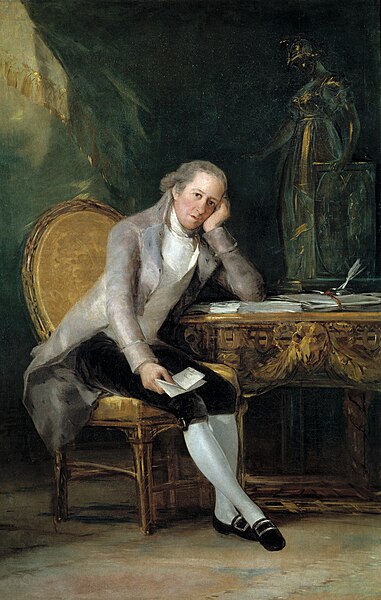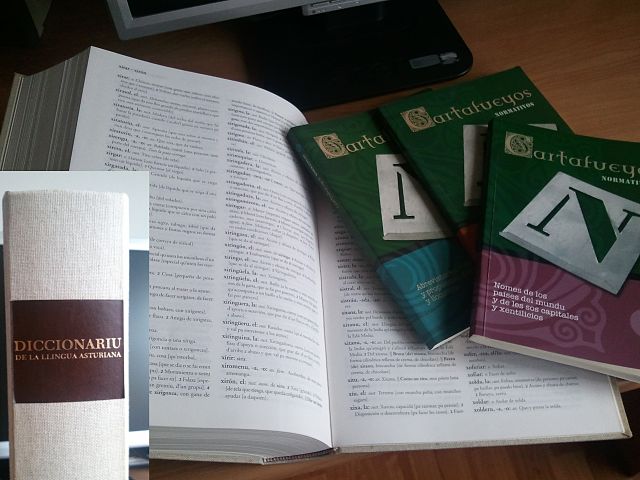Asturleonese is a Romance language or language family spoken in northwestern Spain and northeastern Portugal, namely in the historical regions and Spain's modern-day autonomous communities of Asturias, northwestern Castile and León, Cantabria and Extremadura, and in Riudenore and Tierra de Miranda in Portugal. The name of the language is largely uncommon among its native speakers, as it forms a dialect continuum of mutually intelligible varieties and therefore it is primarily referred to by various regional glossonyms like Leonese, Cantabrian, Asturian or Mirandese. Extremaduran is sometimes included as well. Asturleonese has been classified by UNESCO as an endangered language, as the varieties are being increasingly replaced by Spanish and Portuguese.
How to say ‘Fire’ in the Asturleonese language(s)
Asturian is a West Iberian Romance language spoken in the Principality of Asturias, Spain. Asturian is part of a wider linguistic group, the Asturleonese languages. The number of speakers is estimated at 100,000 (native) and 450,000. The dialects of the Astur-Leonese language family are traditionally classified in three groups: Western, Central, and Eastern. For historical and demographic reasons, the standard is based on Central Asturian. Asturian has a distinct grammar, dictionary, and orthography. It is regulated by the Academy of the Asturian Language. Although it is not an official language of Spain it is protected under the Statute of Autonomy of Asturias and is an elective language in schools. For much of its history, the language has been ignored or "subjected to repeated challenges to its status as a language variety" due to its lack of official status.
19th-century sketch of 17th-century author Antón de Marirreguera
Jurist and neoclassical author Gaspar Melchor de Jovellanos (1744–1811), who envisaged the Academy of the Asturian Language
Asturian dictionary, published by the Academy of the Asturian Language




